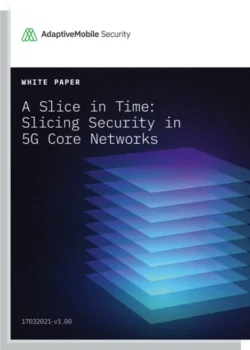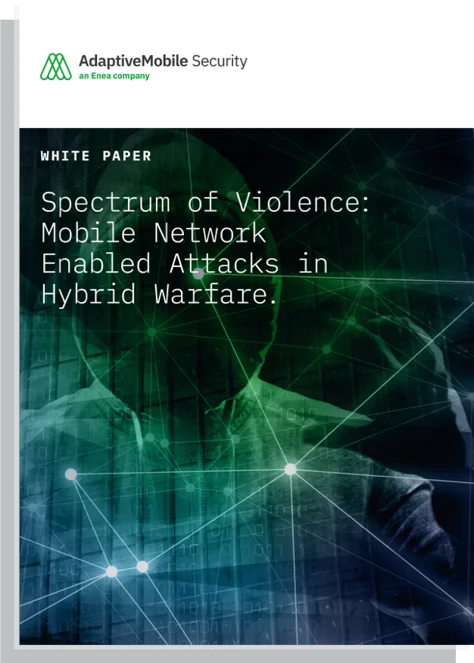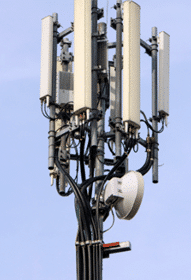FREE WHITE PAPER
Spectrum of Violence: Mobile Network-enabled Attacks in Hybrid Warfare
Cyber Warfare Against National Critical Infrastructure
Use of Mobile Network attacks as part of a warfare strategy
“Malicious mobile network signaling attacks must be recognized as a state-level cyber threat to individual nations as well as to collective security, and an integral component of hybrid warfare. Mobile Networks form part of the Critical National Infrastructure of a state, we aim to highlight the increasingly profound implications of vulnerabilities in insufficiently-protected telecom network infrastructure for the security and stability of societies, economies, and states into the future.”
Rowland Corr, VP of Government Relations, Enea AdaptiveMobile SecurityHybrid wars aim to undermine the target through military and non-military attacks such as cyberattacks against vulnerable telecom network infrastructures, representing a serious threat to the security and stability of countries, their economies and people into the future.
Threat actors can attack core network vulnerabilities to attain and further amplify advantage in offensive military operations. The form that cyber network attacks can take varies, but at a high level the following are possible:
-Surveillance/location tracking
-Message/Call/Data Interception
-Fraud (against the operator or the subscriber) Phishing* (malware delivery)
-Denial of Service
-Information harvesting
5G Network Slicing Security






